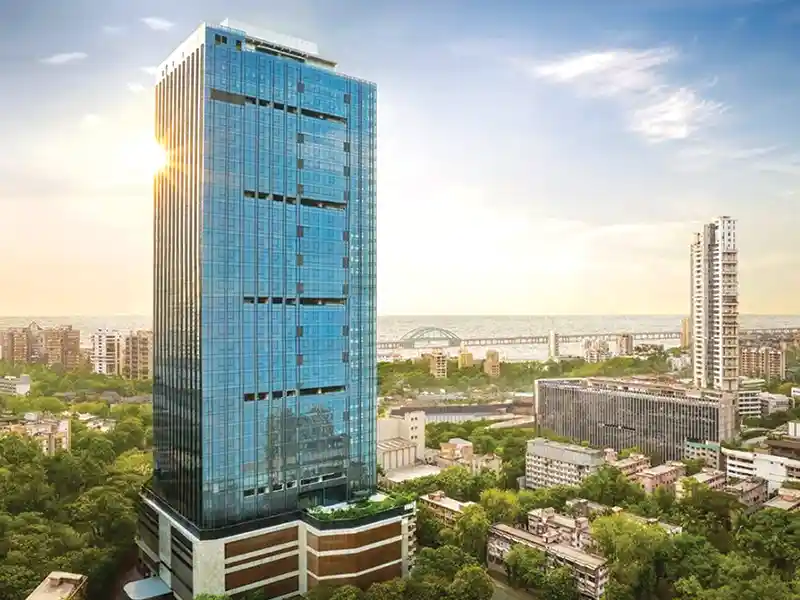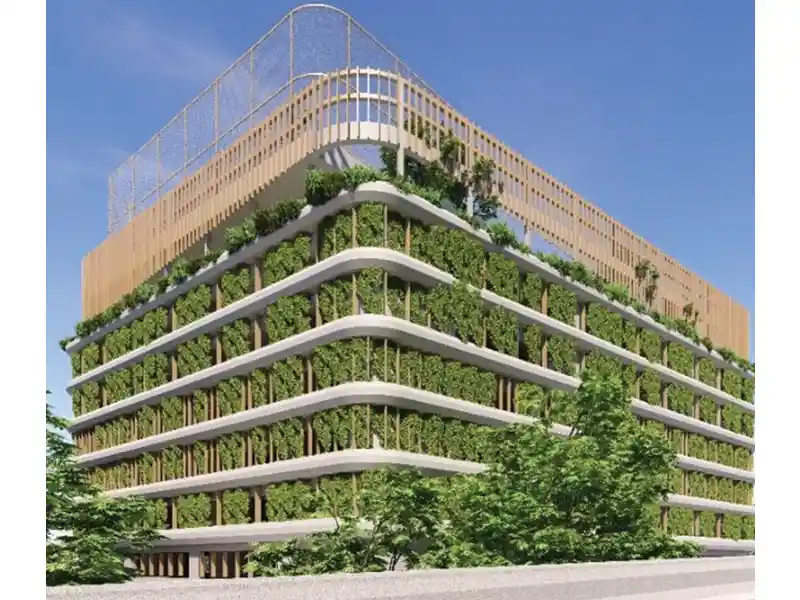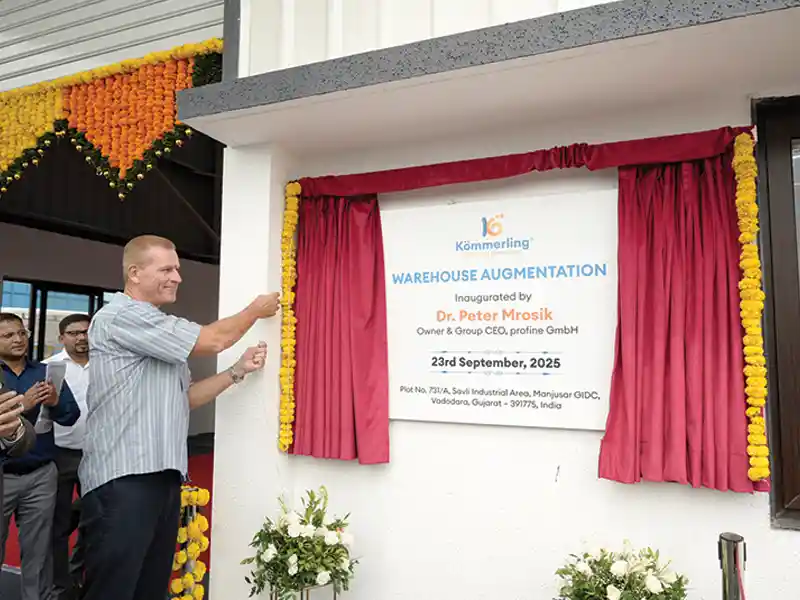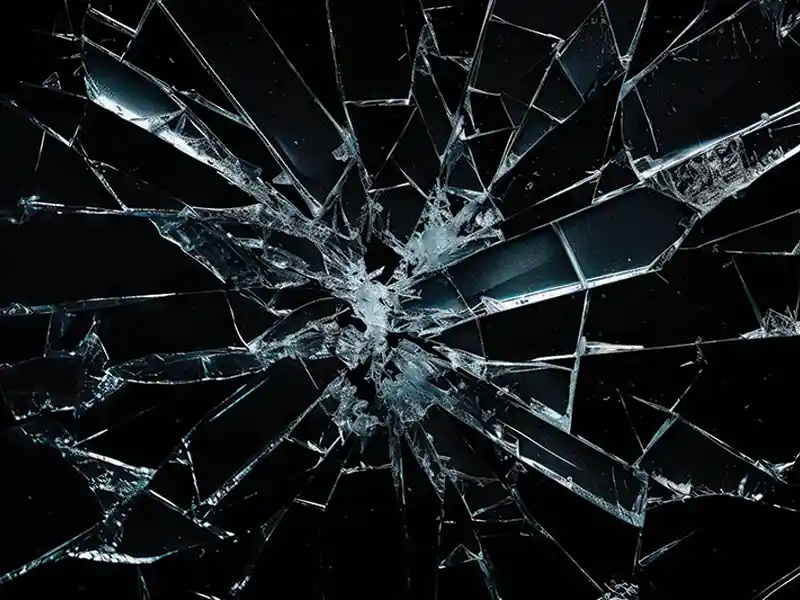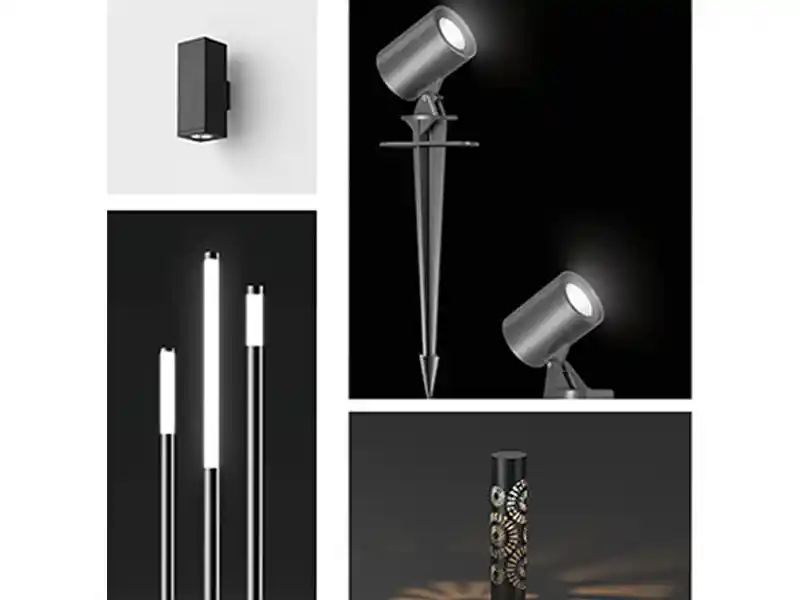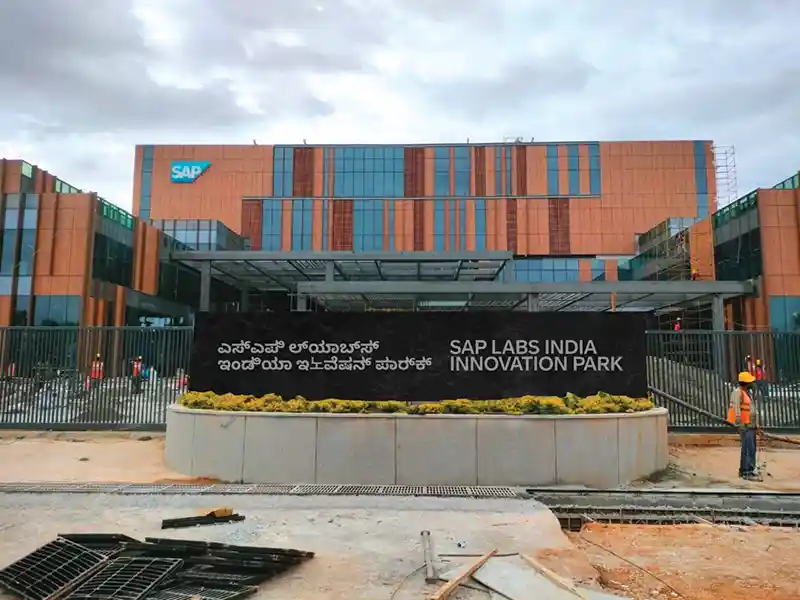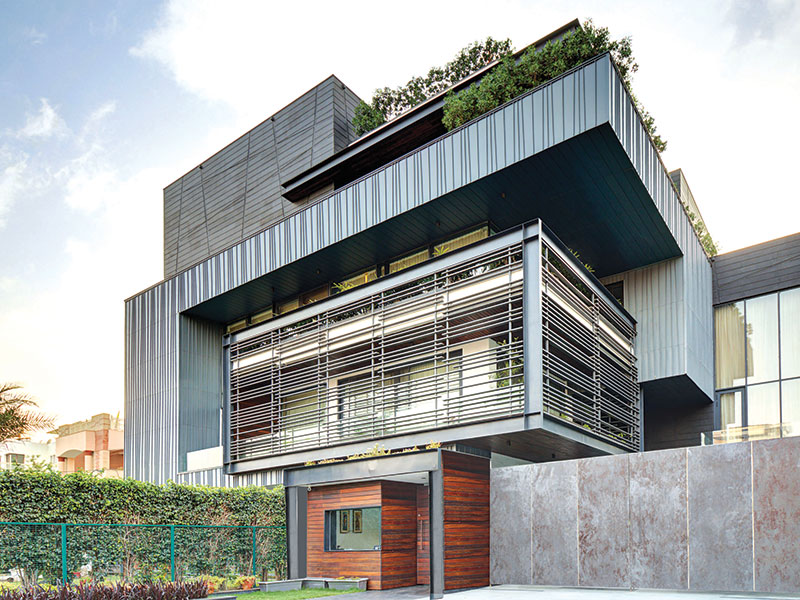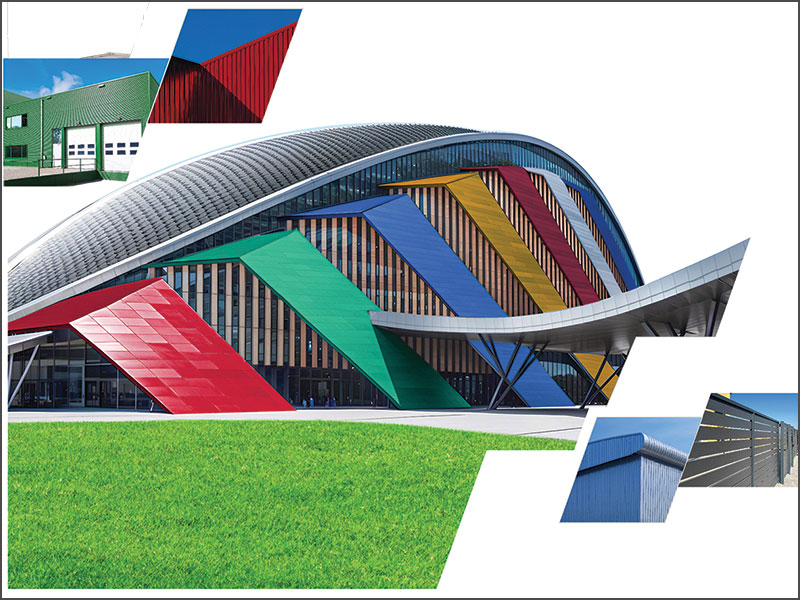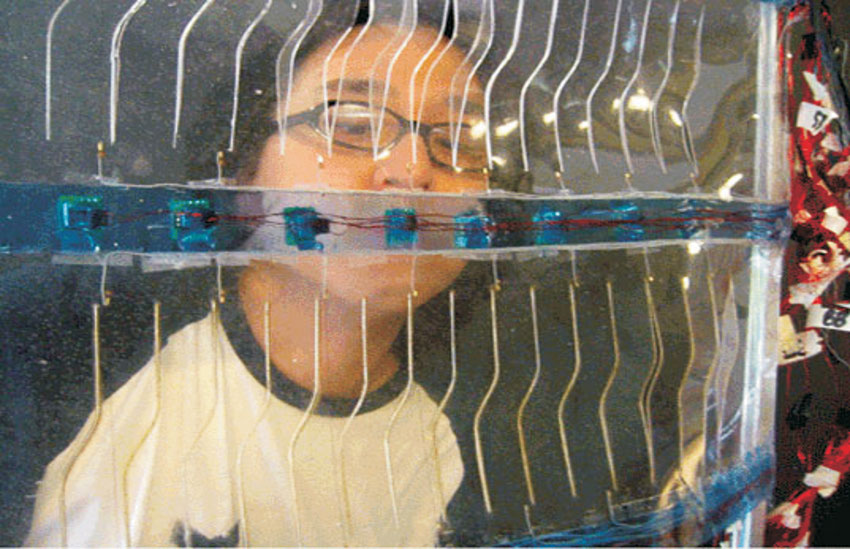
Imagining a glass that could be a useful health object is not wishful thinking anymore! Enter the interactive Living Glass, which is yet another technological marvel and is set to be not only a part of architecture but also as a supplement to keep one’s wellbeing and physical condition in check.
The Living Glass is a successful experiment of two architects David Benjamin and Soo-in Yang, who have designed this glass window which actually ‘breathes’ so that the inhabitants in a room can take in fresh air.
The Concept
What is the idea behind this living glass? The Living Glass is a piece of responsive architecture which is actually a thin, transparent surface that ‘breathes’ when the carbon dioxide levels in a room become high. This Living Glass contains a silicone surface which is embedded with Flexinol wires and has parallel slits which open and close when the wires contract. Flexinol is a shape memory alloy that can contract to about 4-5% of its length due to electric currents. For this particular example, the air quality sensors were replaced with infrared proximity sensors.The prototype was tested for its ‘breathing skills’ by making someone pass in front of it. So, when any kind of movement was detected in front of the glass, the surface would bend and twitch in response to it. Thus, the actual experimentation was also performed with the glass being tested for CO2 build-up, which would be detected by the CO2 sensors in the glass. So, when the carbon dioxide levels rise, say during a long meeting or a conference, the microcontrollers send an electric charge through the wires, causing them to contract. The slits then open and fresh air comes in, while CO2 is expelled out. The slits close again when the CO2 levels inside the room are balanced again, thus proving to be very useful in controlling the air quality inside the room.
This full-scale kinetic surface collects input through a range of sensors, processes the inputs through basic Stamp II microcontrollers, and triggers local movements of a human surface. After testing several surface materials, architects Benjamin and Yang zeroed in on the thin, transparent and lightweight material which had no mechanical parts or motors.
Future Prospect
By changing the settings of this Living Glass slightly, the system can be easily modified to environmental control, detecting carbon dioxide in a room and in many other areas, and “breathing” when levels of CO2 are high. Here, movement supports health by allowing the air flow when needed, and it supplies information by signaling when the carbon dioxide levels are high and which is normally undetectable.This kind of system can prove beneficial if utilized on a large scale. Since it would control the CO2 levels and thus help in controlling the atmosphere.
The Hands behind the Glass
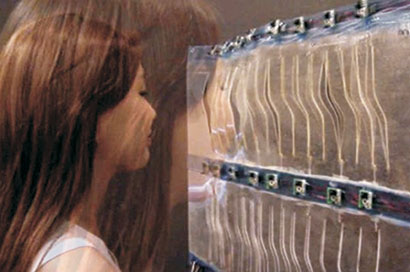
There company is called ‘Living’ that deals with open source, incremental, small-scale architecture that engages the city. The duo has also received a fellowship from The Van Alen Institute for their project “Living City: A Public Interface to Air Quality in New York.” David and Soo-in run a graduate class at Columbia Architecture school where they continue their experiments with the ideas of responsive and kinetic spatial design.
With such environment-friendly devices being invented, this is surely a step forward to developing more green devices. This fusion of technology, design, architecture and science can be a boon to the future and more such interactive designs can change the future architectural world.

